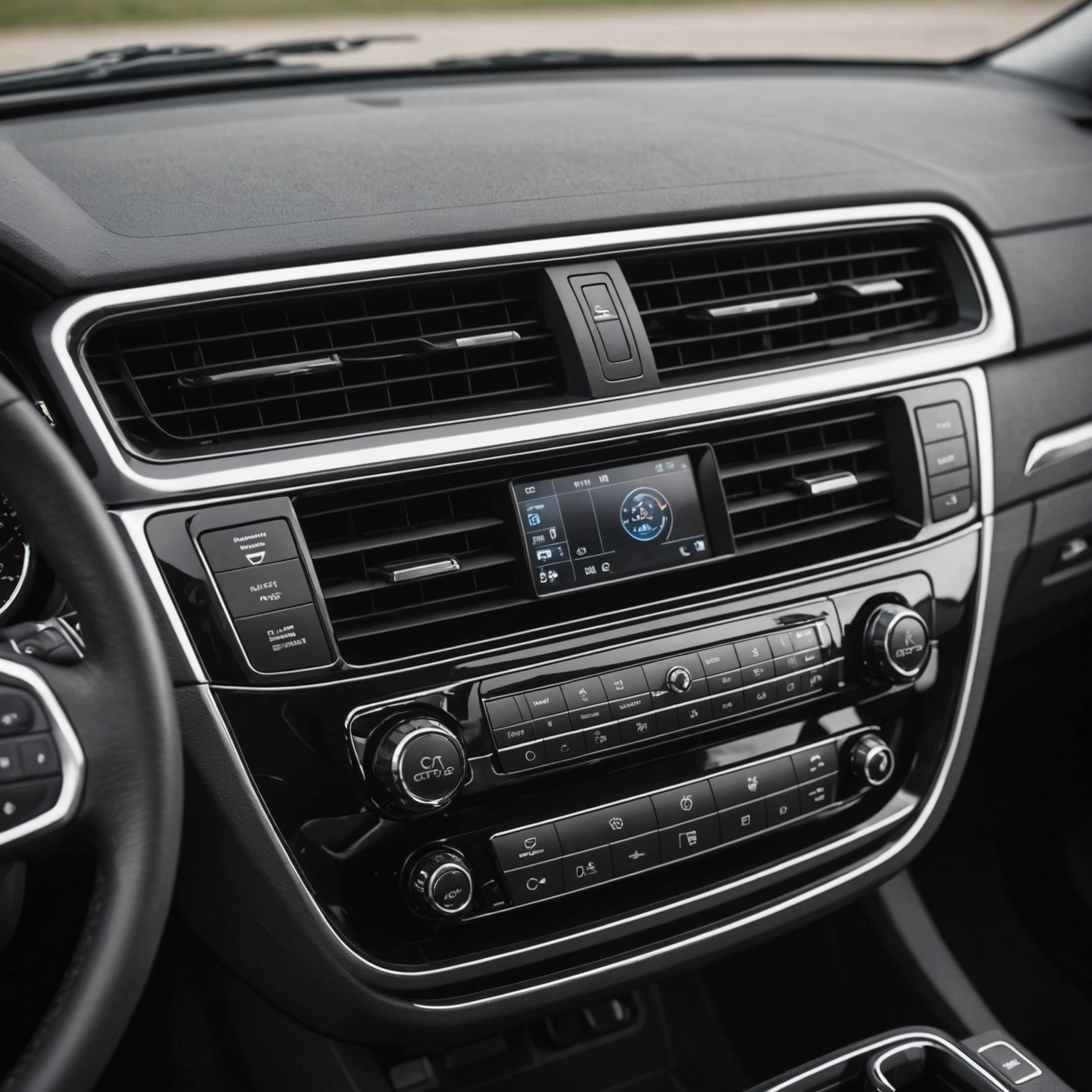**Understanding How Automobile Air Conditioning Works**
Ever wondered how your car’s air conditioning system keeps you cool during those scorching summer drives? Behind the comfort of a chilled cabin lies a sophisticated system designed to transfer heat away from the interior. Let’s explore how automobile air conditioning works, step by step.

### The Basics of Car Air Conditioning
Automobile air conditioning (A/C) is fundamentally a heat transfer process. It removes heat from the interior of the vehicle and dissipates it outside, providing a cool and comfortable environment inside the cabin.

### Key Components of an Automotive A/C System
1. **Compressor:** The heart of the system that pressurizes and circulates refrigerant.

2. **Condenser:** A radiator-like component where high-pressure refrigerant releases heat to the outside air.
3. **Receiver-Drier (or Accumulator):** Stores refrigerant and removes moisture from the system.

4. **Expansion Valve or Orifice Tube:** Regulates the flow of refrigerant into the evaporator.
5. **Evaporator:** Located inside the cabin, where refrigerant absorbs heat and cools the air.
6. **Blower Fan:** Circulates the cooled air into the vehicle’s interior.
### How the System Works: The Refrigeration Cycle
The operation of automotive A/C follows a continuous cycle based on basic principles of thermodynamics:
1. **Compression:** The compressor compresses low-pressure refrigerant gas into high-pressure, high-temperature gas. This process is powered by the engine via a belt.
2. **Condensation:** The high-pressure refrigerant flows into the condenser, where it releases heat to the outside air. As it cools, it condenses into a high-pressure liquid.
3. **Expansion:** The high-pressure liquid refrigerant passes through the expansion valve, where its pressure drops suddenly. This causes part of the refrigerant to evaporate, turning into a cold, low-pressure mixture of liquid and vapor.
4. **Evaporation:** The cold refrigerant then absorbs heat from the cabin air as it flows through the evaporator coils inside the dashboard. The air blower circulates cabin air over these coils, cooling the interior.
5. **Repeat:** The refrigerant, now warmed and vaporized, returns to the compressor to start the cycle again.
### Additional System Controls
Modern automotive A/C systems include sensors, pressure switches, and electronic controls that regulate temperature, fan speed, and compressor operation to optimize comfort and efficiency.
### Summary
In essence, car air conditioning works by circulating a refrigerant through a closed loop of components, absorbing heat from inside the cabin and releasing it outside. This continuous cycle ensures that your vehicle remains cool and comfortable, even on the hottest days.
Next time you switch on your A/C, you’ll have a better understanding of the complex yet fascinating process working tirelessly behind the scenes to keep you cool!

